Are tactical belts merely fashion statements, or do they hold a critical place in military strategy and outdoor adventures? For those in the know, tactical belts are indispensable tools for rigging and loadouts, offering the perfect harmony between discretion and durability in carrying essential gear. They transcend simple utility with modular systems that support heavy loads while enhancing maneuverability. Delve into the world of tactical belts and uncover their foundational role in optimizing gear distribution. This article explores their evolution and the unparalleled benefits they provide in both military and outdoor contexts.
Key Features of the Best Tactical Belts
Material selection is paramount in crafting a high-quality tactical belt. The choice between leather and heavyweight nylon often dictates the belt’s durability and overall performance. Leather offers a classic look and reliable strength, while heavyweight nylon is favored for its resilience and weather resistance, making it suitable for diverse environments.
Key features that define the best tactical belts:
- Buckle Reliability: The buckle is the cornerstone of a tactical belt’s functionality. Austri Alpin buckles are renowned for their robust construction and secure fastening, ensuring the belt remains fastened under strenuous conditions.
- Material Strength: A tactical belt must withstand rigorous use. Heavyweight nylon, with its high tensile strength and abrasion resistance, is often preferred over traditional materials, providing a longer lifespan and adaptability to harsh conditions.
- Modularity: The ability to customize and attach various pouches and accessories is essential. Systems like MOLLE or PALS allow for versatile attachment options, enabling the user to tailor the belt to specific missions or tasks.
- Belt Stiffness: A balance between flexibility and rigidity is crucial. A stiff belt provides better support for carrying equipment, preventing sagging and ensuring that gear remains securely in place during movement.
- Adjustability: Proper fit is vital for comfort and efficiency. Adjustable belts, often featuring Velcro or similar systems, allow for quick size modifications, accommodating layers of clothing or changes in body size.
These features are crucial in field applications where reliability and performance can be the difference between success and failure. A well-designed tactical belt not only supports the weight of essential gear but also enhances the user’s mobility and readiness in dynamic and challenging environments.
Choosing the Right Tactical Belt for Your Needs
Selecting a tactical belt that aligns with personal needs is paramount. The right choice not only enhances performance but also ensures durability and comfort. Why is it crucial to match belt capabilities with planned usage? Precision in this selection process guarantees that the belt can support the specific activities and loads required without compromising on functionality.
Key considerations when choosing a tactical belt:
- Activity Type: What tasks will the belt support? Different activities demand varying levels of gear and mobility.
- Gear Load: How much weight will the belt need to carry? Assess the load to ensure the belt’s design can handle it without sagging or discomfort.
- Comfort Preferences: Is comfort a priority for long-term wear? Consider padding and adjustability to prevent fatigue during extended use.
- Budget Constraints: What is the budget for the belt? Balancing cost with quality ensures that you get the best value without overlooking essential features.
Expert tips for making an informed decision include trying on belts with actual gear to test fit and comfort, researching user reviews for real-world feedback, and consulting with professionals who regularly use tactical belts for insights on durability and performance. Prioritizing these factors ensures that the chosen belt meets all operational needs effectively.
Final Words
Diving deep into the essentials of tactical belts for rigging and loadouts, the article unfolded the core principles behind their design and functionality. From the evolution and purpose to the benefit of modularity, these belts play a crucial role in both military and outdoor settings.
Summarized key features highlighted durability, buckle reliability, and adjustability, while top-rated options like the Sentry Gunnar Low Profile Operator Belt offered practical choices for various needs.
Choosing the right tactical belt involves aligning personal requirements with belt capabilities, considering factors such as comfort and budget.
Maintenance, involving regular cleaning and proper storage, ensures longevity and effectiveness. Whether for strategic operations or outdoor adventures, the right gear check involves selecting the best tactical belts for rigging and loadouts.
FAQ
Q: What are the best tactical belts for rigging and loadouts?
A: The Sentry Gunnar Low Profile Operator Belt, Wilder Tactical Minimalist Belt, and Grey Ghost Gear UGF Battle Belt are top-rated for their slim design, modular systems, and comfort for loadouts.
Q: How do I choose the right tactical belt for my needs?
A: Consider the following:
- Activity Type: Match the belt to your activity level.
- Gear Load: Choose one that supports your gear.
- Comfort Preferences: Ensure ergonomic fit.
- Budget Constraints: Balance cost and features.
Q: What makes a complete battle belt setup effective?
A: A complete battle belt setup should include modular attachment points for various gear, reliable buckles, and a design that enhances mobility and load distribution. These elements ensure efficiency during operations.
Q: What features should I look for in a heavy-duty tactical belt?
A: Look for materials like leather or heavyweight nylon for durability, reliable buckles like Austri Alpin, modular attachment systems, belt stiffness for support, and adjustability for comfort.
Q: How can I maintain and care for tactical belts?
A: Regular cleaning, thorough inspections for wear, and proper load management are crucial. Store belts in a dry place to prevent damage and prolong their usability.
